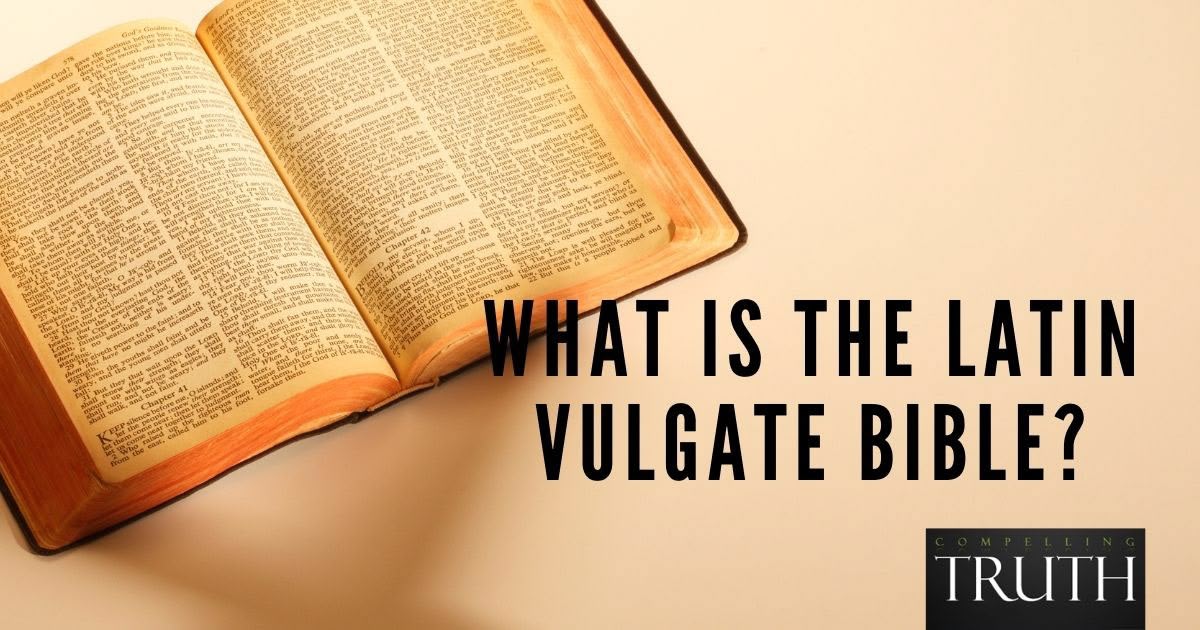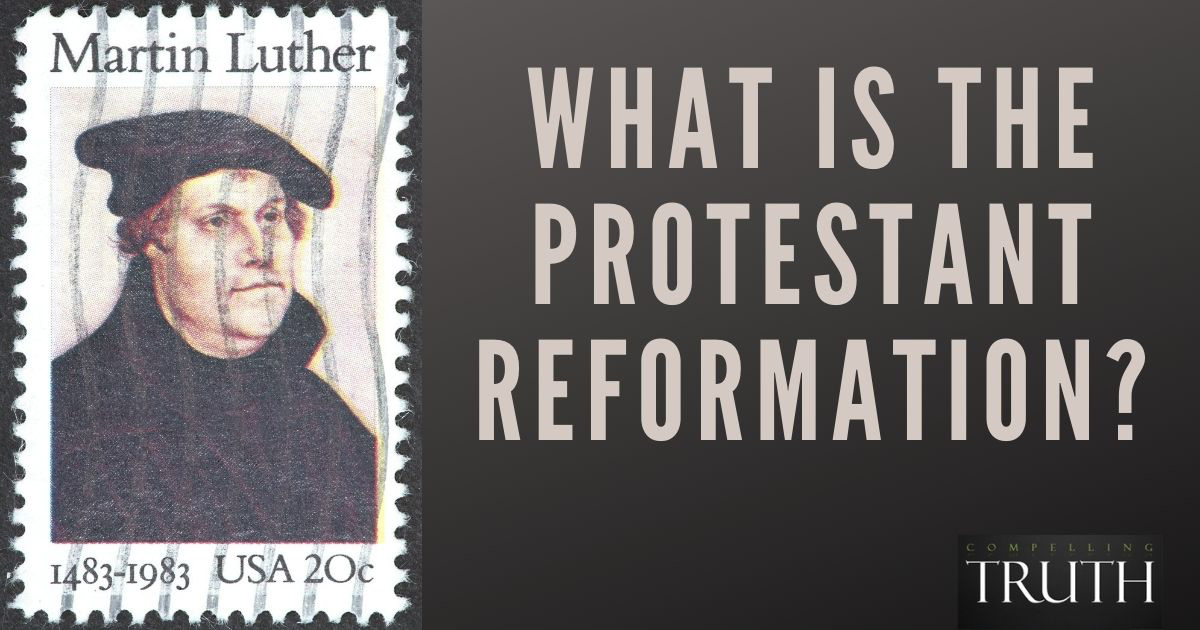The Gutenberg Bible, printed in the 1450s by Johannes Gutenberg, was the first major book produced using a movable-type printing press, revolutionizing access to Scripture. By using reusable metal letters, oil-based ink, and double-folio printing, Gutenberg significantly improved the efficiency and quality of book production, allowing for forty-two lines per page and clear headings with red and black ink. While originally printed in Latin and costly—primarily for communal use in monasteries—the Gutenberg Bible set the stage for broader access to God’s Word, paving the way for the Protestant Reformation and inspiring literacy across Europe.
The Bible’s message of preservation and faithful transmission, highlighted in the Old Testament (Deuteronomy 4:2; 12:32; Psalm 12:6-7) and reinforced in the New Testament (Luke 21:33), aligns with Gutenberg’s historic contribution: ensuring that God’s Word could reach more people than ever before. Though only forty-nine copies survive today, the Gutenberg Bible remains a landmark in Christian history, symbolizing both technological innovation and the enduring call to share Scripture faithfully with all people.
The Gutenberg Bible was the first Bible printed with the moveable-type printing press. It gets its name from the inventor of the printing press—Johannes Gutenberg who lived in Mantz, Germany. Not much is known about Johannes Gutenberg; no one knows whether he was married or had children, where he was born, what he looked like, or where he was buried. What is known, however, are the improvements Gutenberg made on the printing process.
The moveable-type printing press was different from previous printing presses in various ways. It used metal letters that could be reused and rearranged, as opposed to the previous wooden stamps painstakingly carved out specifically for each page, saving a lot of time in the process. Gutenberg minimized the spaces between lines, allowing for forty-two lines per page. He printed double folio: each sheet of paper had four columns of text on each side, making four pages per sheet. He also created an oil-based ink that he used over a water-based ink, that would adhere better to the metal letters. Gutenberg rubricated the sheets of paper by passing the sheet through the press twice, once using black ink and again with red ink, creating headings and chapter breaks. The Gutenberg Bible was printed this way in the 1450s, one of the first mass-produced books using this style printer.
Gutenberg Bibles often came bound in three to four volumes, and were quite expensive. Because of their value, they were rarely purchased for personal use—most of the time they were used communally in monasteries and convents. Only forty-nine copies of the Gutenberg Bible have survived, and of those only twenty-one are complete copies. While the Gutenberg Bible was printed in Latin rather than the language of the people and was quite expensive, it was a major step in bringing access to the Bible closer to the common people. As the moveable-type printing press made books available to a wider variety of people, more people were motivated to be literate. Knowledge was spread through the Western world as more books were printed.




